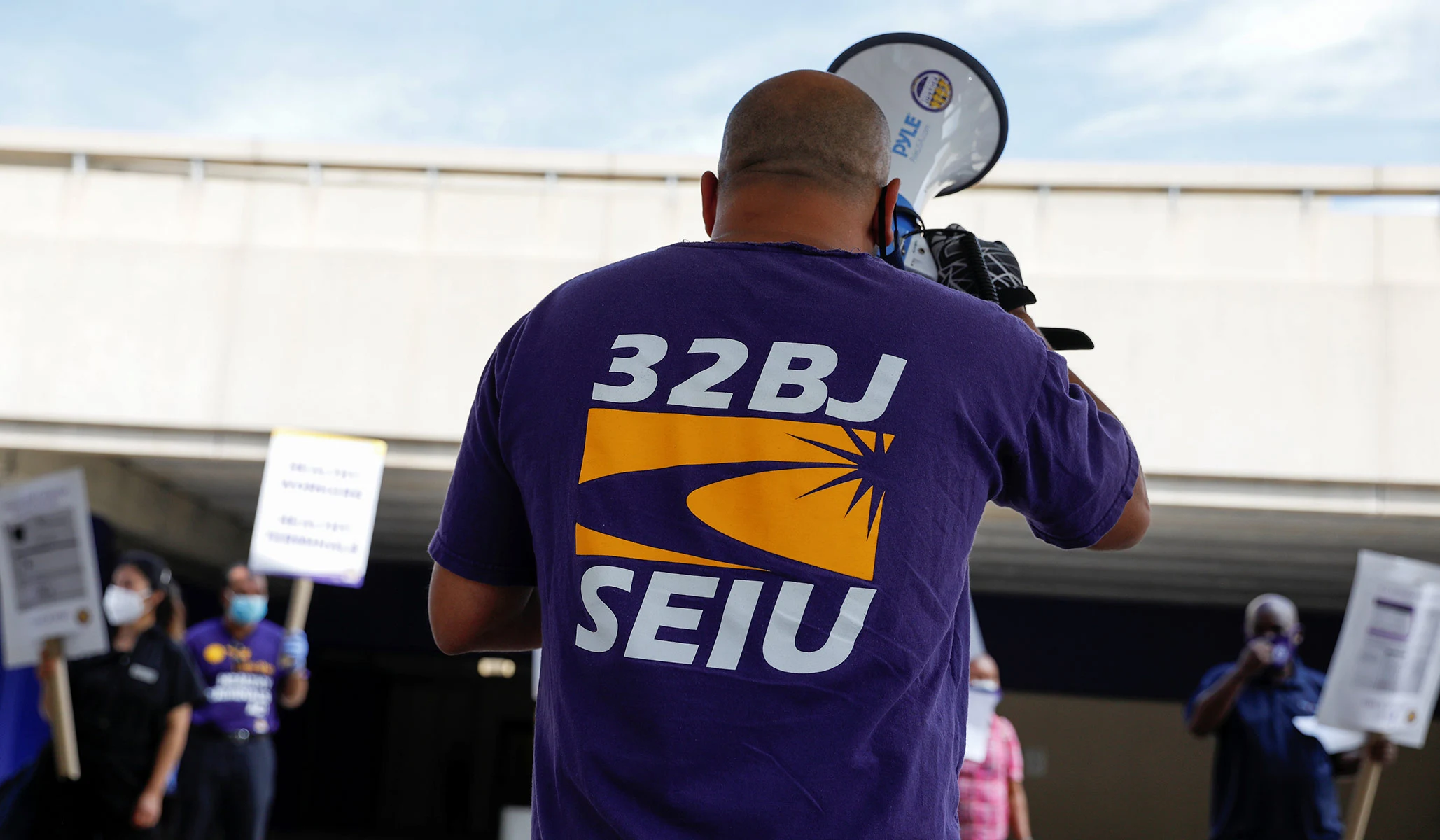A Fortune 500 general counsel recently confided in me after a conference, sharing a common narrative among senior corporate executives regarding the Environmental, Social, and Governance (ESG) standards enforced by a network of big funds and nongovernmental organizations. Companies that use energy renewables and lead in carbon-emission reductions expect positive ratings for the “E” element. Similarly, companies that cultivate workforces that look more like the demographics of America expect a positive rating for the “S” element. However, when they receive poor ratings on these dimensions, they are often shocked. Low “G” ratings follow if businesses manage issues such as board diversity in ways that are deemed less than progressive. After some initial confusion, corporate leaders are realizing that they signed on with a progressive cartel dedicated not to steady carbon reduction and social progress but to blinkered environmentalism and ideological, even partisan, coercion.
This cartel has its roots in Ceres, a well-funded NGO that helped foster Climate Action 100+, composed of large investors who manage a total of $70 trillion in assets. The organization gained political and financial heft when CalPERS, the activist pension fund for California public employees, as well as the pension funds of New Jersey and New York, became members.
The initial goals of the ESG movement were commendable – a long-term commitment to slash carbon emissions and support equality with strong corporate governance. However, there was an iron fist beneath the green-velvet glove from the start. Shareholder activist organizations like As You Sow and Mercy Investments began to become prominent, powerful ESG players. The bit was put in place when Investment Shareholder Services (ISS) and Glass Lewis, the duopoly that manage U.S. proxy-shareholder services, became enthusiastic proponents of ESG. For example, ISS has a unit that provides ESG ratings for companies.
The ESG movement begins by persuading companies to adopt its terminology. Then it reframes the plain meaning of the principles to which corporate leaders agreed when joining. The array of political stances that the ESG movement demands that boards take is expanding into a progressive, partisan wish list. This is especially pernicious, twisting social responsibility to mean controlling the First Amendment–protected speech and political leanings of private companies.
Climate Action 100+, the public-employee unions, and blue-state pension funds are not a loose network of aligned organizations. They are an organized cartel. An analysis of the boards of these organizations shows an extraordinary degree of interlocking directorships, with many leaders of ESG organizations having worked in or even founded other groups in the network.
While much has been made of the role of BlackRock and other large investment funds, some corporate insiders see big asset managers as often acting as followers, perhaps even victims, of the ESG movement, at the center of which is always Ceres.
The declining returns ESG is bringing to state pension funds have alarmed state attorneys general, who are beginning to investigate the possible violations of the Sherman Act that a coordinated conspiracy against a legal industry would constitute.

